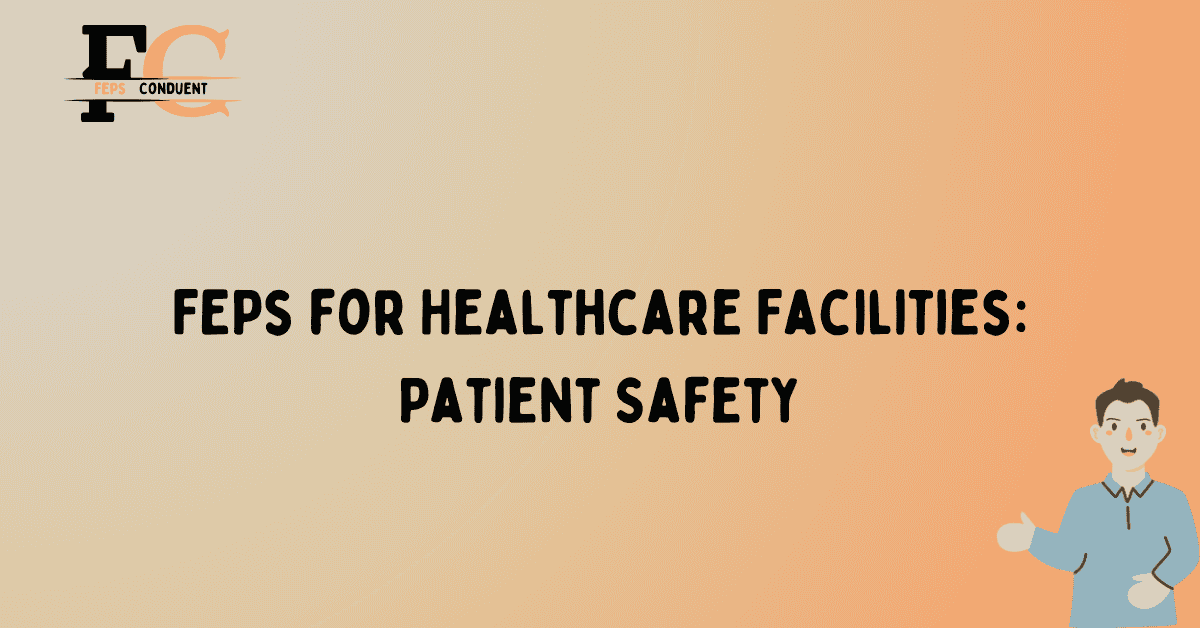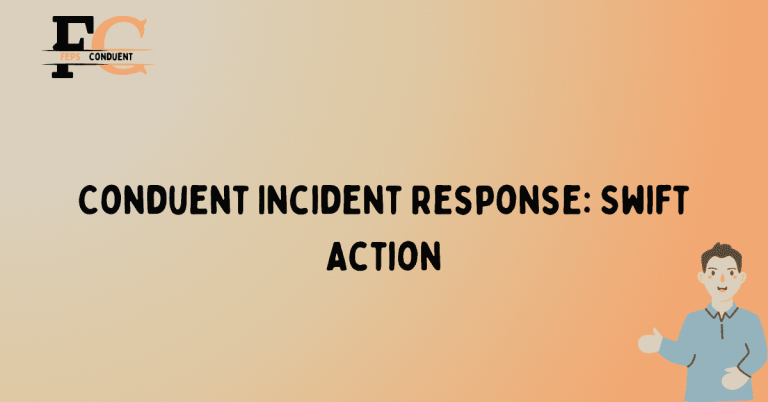FEPs for Healthcare Facilities: Patient Safety

FEPs, or Facility Evaluation Protocols, are an essential tool for ensuring patient safety in healthcare facilities. These protocols provide a standardized framework for evaluating the physical environment of healthcare facilities, identifying potential hazards, and implementing necessary improvements. By adhering to FEPs, healthcare facilities can create a safe and secure environment for patients, staff, and visitors.
With patient safety being a top priority in healthcare, FEPs play a crucial role in preventing accidents, injuries, and the spread of infections. These protocols cover a wide range of areas, including building structure, fire safety, infection control, emergency preparedness, and medical equipment maintenance. By following FEPs, healthcare facilities can ensure compliance with regulatory requirements, minimize risks, and provide high-quality care to their patients.
Importance of Facility Evaluation Protocols in Ensuring Patient Safety
Facility Evaluation Protocols (FEPs) play a crucial role in safeguarding patient safety within healthcare settings. They offer a standardized framework for assessing the physical environment of healthcare facilities, pinpointing potential hazards, and instituting essential enhancements.
Standardized Evaluation Framework for Healthcare Facilities
FEPs offer a standardized evaluation framework that covers various aspects of healthcare facilities, ensuring a comprehensive assessment. This framework includes areas such as building structure, fire safety, infection control, emergency preparedness, and medical equipment maintenance. By utilizing this framework, healthcare facilities can identify potential risks and implement measures to mitigate them effectively.
Preventing Accidents and Injuries
Accidents and injuries in healthcare facilities can have severe consequences for patients, staff, and visitors. FEPs play a crucial role in preventing such incidents by identifying potential hazards and implementing necessary safety measures. For example, through regular evaluations, FEPs ensure that building structures are sound, reducing the risk of collapses or accidents due to structural failures.
Controlling the Spread of Infections
Controlling the spread of infections is paramount in healthcare settings. FEPs provide guidelines for infection control practices and protocols, ensuring that healthcare facilities maintain a safe and hygienic environment. By adhering to these protocols, healthcare facilities can minimize the risk of healthcare-associated infections and protect both patients and healthcare workers.
Compliance with Regulatory Requirements
FEPs help healthcare facilities ensure compliance with regulatory requirements. By following these protocols, healthcare facilities can demonstrate their commitment to patient safety and meet the standards set by regulatory bodies. Compliance with FEPs not only safeguards patients but also protects healthcare facilities from potential legal and financial consequences.
Minimizing Risks and Enhancing Quality of Care
By implementing FEPs, healthcare facilities can minimize risks and enhance the overall quality of care provided to patients. Regular evaluations and improvements based on FEPs help identify and address potential safety concerns, ultimately leading to a safer and more secure environment for patients, staff, and visitors. This commitment to patient safety fosters a culture of excellence and trust within the healthcare facility.
FAQs
What are the key patient safety measures that healthcare facilities should implement?
Healthcare facilities should implement various patient safety measures, such as regular hand hygiene protocols, effective infection control practices, proper medication management, and continuous staff training on patient safety protocols.
How can healthcare facilities improve patient safety culture?
Healthcare facilities can improve patient safety culture by promoting open communication and transparency among staff, encouraging reporting of adverse events and near misses, conducting regular safety audits, and implementing patient safety initiatives and programs.
What role does leadership play in ensuring patient safety in healthcare facilities?
Leadership plays a crucial role in ensuring patient safety in healthcare facilities by setting a strong safety culture, providing resources for staff training and education, promoting accountability, and continuously monitoring and improving patient safety protocols.
Why is it important for healthcare facilities to have strong infection control measures?
Strong infection control measures are important for healthcare facilities to prevent the spread of infections among patients, staff, and visitors. Effective infection control practices can significantly reduce the risk of healthcare-associated infections and improve overall patient safety.
How can healthcare facilities effectively manage medication safety?
Healthcare facilities can effectively manage medication safety by implementing standardized medication administration processes, using electronic medication reconciliation systems, providing proper education and training to healthcare staff, and regularly reviewing and updating medication protocols.
What steps can healthcare facilities take to prevent patient falls?
To prevent patient falls, healthcare facilities can implement fall risk assessments, ensure a safe and clutter-free environment, provide proper patient education on fall prevention, use assistive devices when necessary, and regularly review and update fall prevention protocols.
Conclusion
Facility Evaluation Protocols (FEPs) are indispensable in ensuring patient safety in healthcare facilities. By providing a standardized framework for evaluation and improvement, FEPs help prevent accidents, control the spread of infections, ensure compliance with regulatory requirements, and enhance the overall quality of care. Healthcare facilities that prioritize FEPs can create a safe and secure environment, promoting the well-being of patients and staff alike.






